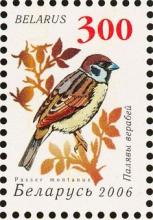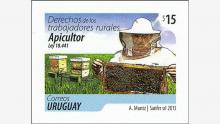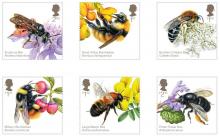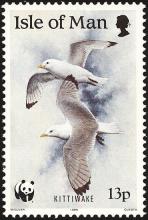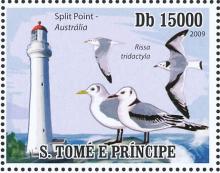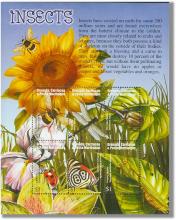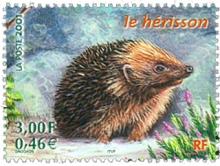Wild turkeys are in trouble again
- Lees meer over Wild turkeys are in trouble again
- Login om te reageren
The wild turkey population peaked around 2001 at around 6.7 million birds in North America. But in the years since, it has dropped by about 15 percent. The eastern wild turkey—the most abundant subspecies, which reigns east of the Mississippi River—appears to be declining across parts of the Northeast, Southeast, and Midwest. In New York, hunters in the western part of the state were the first to notice the difference.


